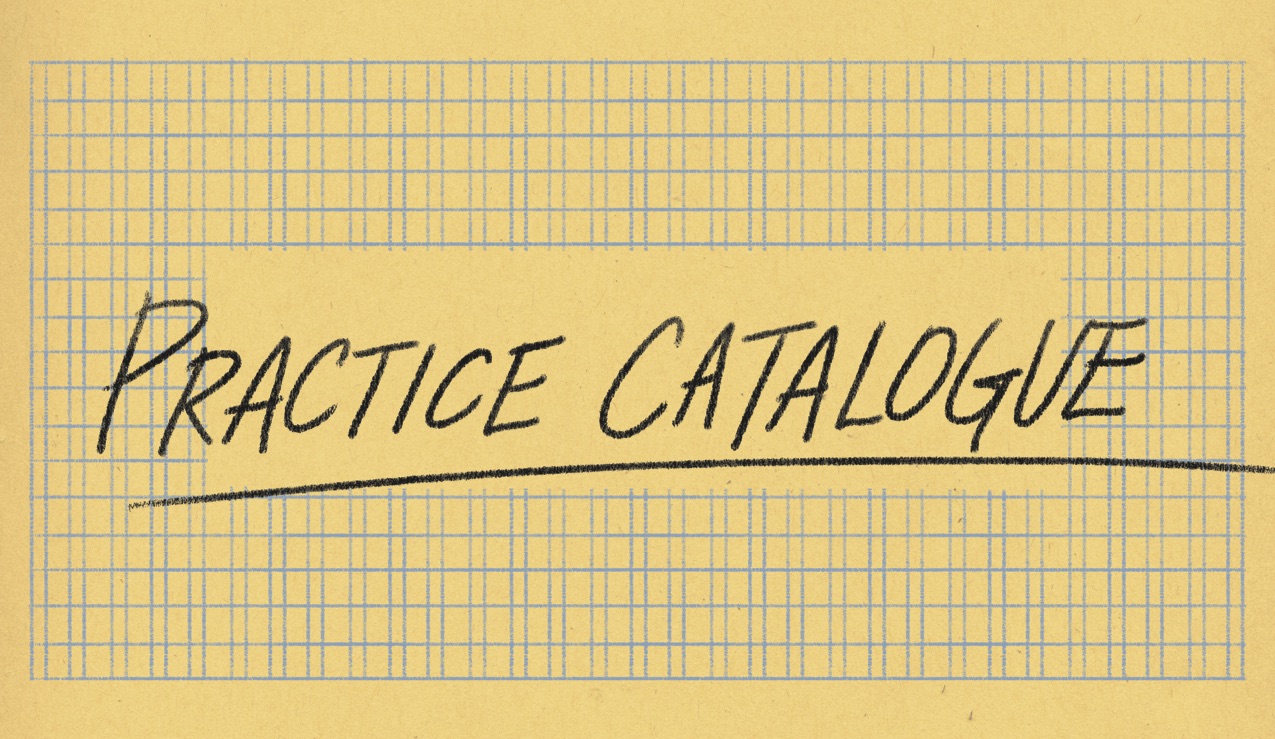The Miraculous
My favorite book of art-historical writing from recent years, Raphael Rubenstein’s The Miraculous, features no proper names (aside from an index in the back), few dates, and little discussion of critical or market reception. Each of the book’s 50 sections merely narrates the actions taken in the composition of a given work or project. It’s an experience of 20th century vanguard art no longer mediated by fame, theoretical construct, or the aura of exchange value. What we have instead are evocative human actions relayed in a parabolic register, their purpose and potential again up for grabs. “Artistic practice” can be a bloated category, one that attracts vagueness and wishful projection; The Miraculous gives us art as practice, as generative act. It reminds that it would be more radical and real to identify ourselves with work rather than with coins gathered in a prestige economy.
Here’s a sample chapter:
After seven years of brutal dictatorship, during which many citizens have been killed or “disappeared” by the government, an artist decides to celebrate her nation’s return to democracy by constructing a “Parthenon of Books” on one of the capital’s main boulevards. Over the course of seventeen days, she and a team of assistants build a full-scale replica of the famous Greek temple, made not from marble but from copies of books that were banned during the dictatorship. Each of the volumes, which are attached to metal scaffolding, is enclosed in a transparent plastic bag to protect it from the elements. On the day before Christmas, after the structure has been on display for three weeks, the artist invites the public to dismantle it. Climbing up tall ladders that have been provided, and assisted by cranes, men and women enthusiastically help themselves to the previously unavailable books, publications that might have been their owners’ death warrants had they been discovered by the secret police during the so-called dirty war. Strikingly, the number of books required for this ephemeral Parthenon is nearly identical to the number (according to later estimates by human rights groups) of the dictatorship’s victims: 30,000.
